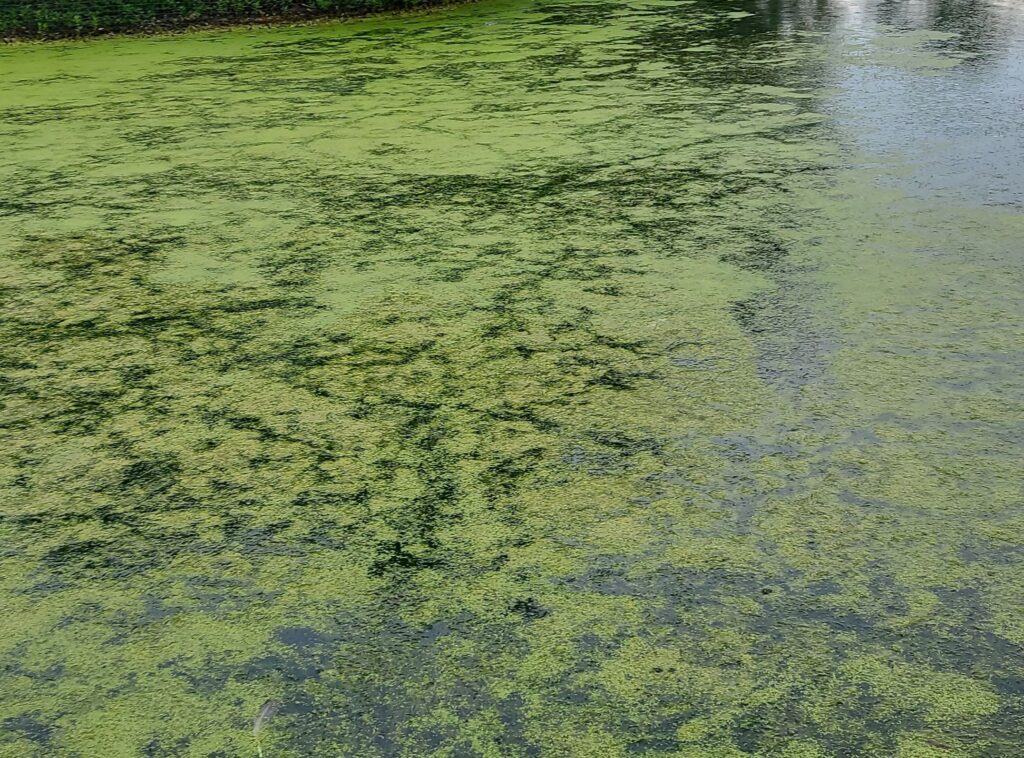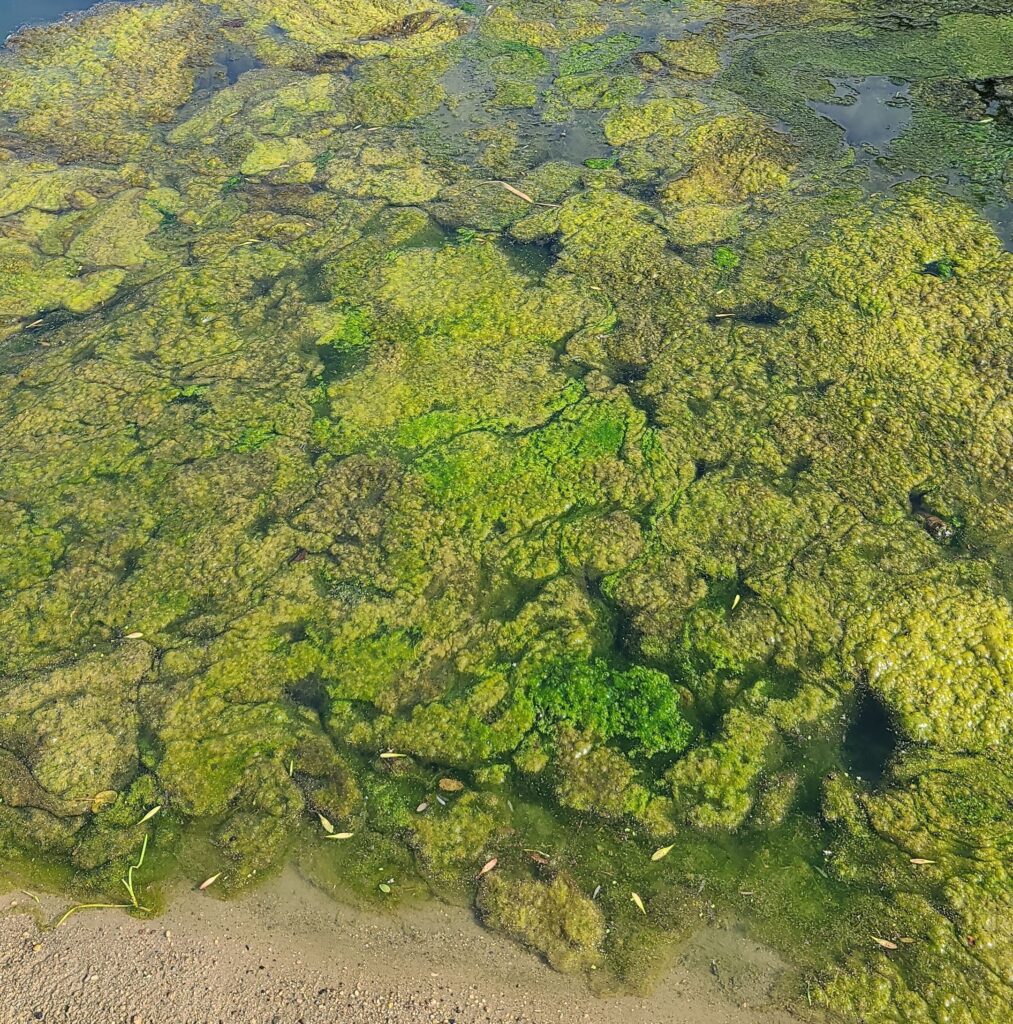Algal Blooms And Our Ecosystems
Algal blooms are becoming more prevalent within our ecosystems as the temperature rises and the excess amounts of nutrients in our bodies of water increase. Harmful algal blooms are the devastating result of various human and environmental factors.
It is important to do what we can to prevent algal blooms from occurring as it affects the wellness of the body of water altogether. As algal blooms greatly impact health, they impede the ability to use ponds recreationally. Bacteria decompose algae when it dies, which removes oxygen from the water and potentially kills the fish within that body of water.
Overall, these small organisms can significantly impact the health of many, including wildlife. Exceptionally high rates of excess nutrients have increased the number of algal blooms, which has led to more sustainable farming practices, such as using phosphorus-free fertilizers and detergents to limit nutrient-rich runoff.

Harmful Algal Blooms and Biodiversity Loss
As environmentalist attention has turned towards the importance of biodiversity and ecosystems, algal blooms hold a dark cloud over the ability for a healthy and sustainable environment. Countless species now face the risk of extinction, prompting extensive research into the detrimental consequences of diminishing biodiversity.
Comprehensive studies have revealed that aquatic species are particularly vulnerable, leading researchers to investigate the factors contributing to biodiversity loss in freshwater and marine ecosystems. The aim is to identify potential causes for the decline in aquatic biodiversity.
Algal blooms significantly threaten biodiversity loss as they destroy entire ecosystems due to an overabundance of nutrients. Excess levels of nitrogen and phosphorus within the water cause algae to grow faster than ecosystems can handle.
These significant increases in algae result in overall harm to the quality of water, food resources as well as habitats. Algal blooms decrease the dissolved oxygen levels within a body of water that fish and other aquatic life need to survive.
Lake Winnipeg: A Case Study
It is not uncommon for Lake Winnipeg to undergo annual widespread surface algal blooms. This is due to the lake becoming a highly eutrophic reservoir, as various contributing factors have created our current state of Lake Winnipeg. However, as these algal blooms reoccur regularly, understanding how harmful and toxic they are for our local environment is critical.
The comparison of phytoplankton and the data on current water data from the past and present will offer vital information on how the algal blooms that occur within Lake Winnipeg have progressively become more prevalent and harmful over the years.
Recent data has proven an increase in sediment core accumulation of nutrients along with chlorophyll, cyanobacteria, and diatom microfossils. Higher levels of excess nutrients cause algal species to shift, and toxin production presents itself. Each of these poses a direct threat to the sustainability of Lake Winnipeg’s ecosystems’ ability to function appropriately and naturally.

Global Research Efforts: GEOHAB
To further understand algal blooms, an international research program coined GEOHAB (Global Ecology and Oceanography of Harmful Algal Blooms) was created.
The HAB research community created this program to connect globally to research the dynamics involved within harmful algal blooms, paired with a better understanding of predicting these dynamics. GEOHAB studies and makes a further account of harmful algal blooms while collecting global data from various ecosystems.
They focus on the psychological, behavioural, and genetic makeup of the microalgal species determined to be detrimental to ecosystems. They are researching interactions that occur between physical and various environmental conditions to understand how one species holds the power of being successful over another species.
The GEOHAB gathers the knowledge of harmful algal blooms internationally, helping to predict these dangerous instances to prevent future experiences within harmful algal blooms.
Taking Responsibility: How We Can Prevent Algal Blooms
There are various ways to prevent harmful algal blooms; the first is to introduce pond aeration, which allows water movement to occur using aerators or fountains.
Properly disposing of pet waste removes the possibility of excess nutrients and bacteria entering waterways. Installing rain barrels throughout communities reduces polluted runoff and offers a sustainable water source.
Incorporating natural vegetation around pond and lake banks, often called a riparian zone, allows natural vegetation to grow near the water’s edge and capture the excess nutrients before it enters the waterways. The use of phosphorus-free fertilizers and detergents works to limit nutrient-rich runoff.
Various alternatives can work to prevent harmful algae blooms from occurring, as every body of water undergoes different circumstances. However, by doing our part to prevent harmful algal blooms, we can ensure a safe environment and ecosystem for all to rely on.
